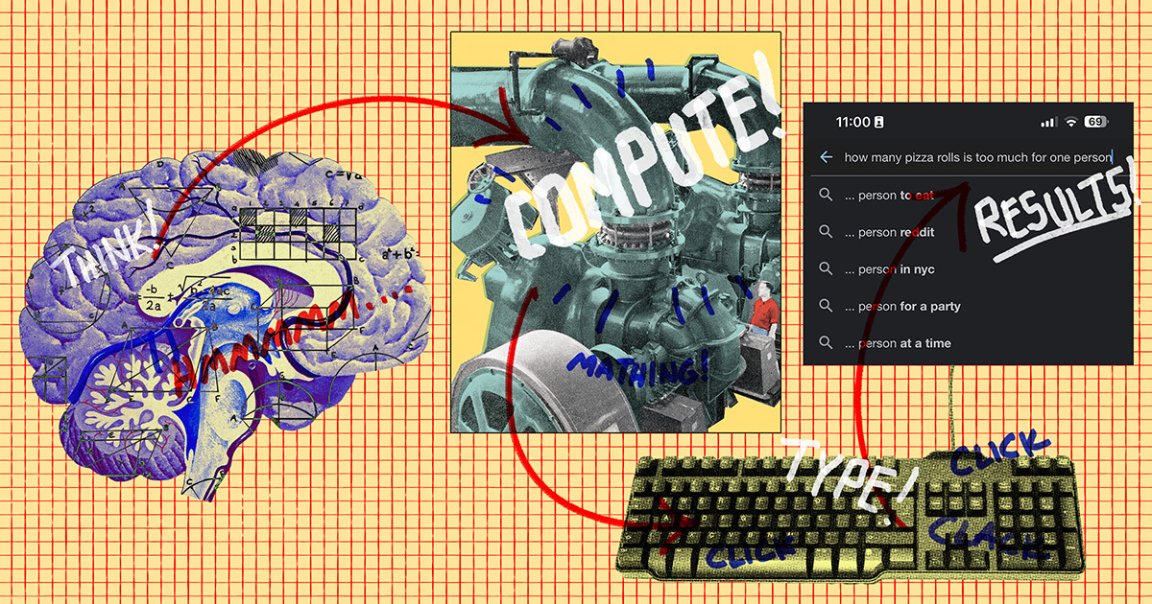
Mark Zuckerberg’s Meta says it’s created a device that lets you produce text simply by thinking what you want to say.
As detailed in a pair of studies released by Meta last week, researchers used a state-of-the-art brain scanner and a deep learning AI model to interpret the neural signals of people while they typed, guessing what keys they were hitting with an accuracy high enough to allow them to reconstruct entire sentences.
“As we’ve seen time and again, deep neural networks can uncover remarkable insights when paired with robust data,” Forest Neurotech founder Sumner Norma, who wasn’t involved in the research, told MIT Technology Review of the work.
But, as Tech Review cautions, don’t expect the potentially game-changing gizmo to hit the market — ever.
That’s because the platform’s built on a prohibitively large and expensive magnetoencephalography scanner, which detects the magnetic signals in your brain. The upside is that it can peer into your mind without having to place a device, like a brain computer interface, inside your skull — an invasive approach favored by other mind-typing techniques.
But the downside is that it’s as unwieldy as an MRI machine, weighing about half a ton and costing $2 million. Not only that, but the scanner can only work in a shielded room that dampens the Earth’s magnetic field, which would otherwise blow out our puny brain signals from being detected. And while it’s being used, the subject can’t move their head at all, or the signal is kaput.
That’s a lot of caveats — too many and too significant to let the device become commercial. And yet, it’s an undeniably impressive achievement, and Meta thinks it can use what it’s learned here to give it a leg-up in the development of other AI models.
“Trying to understand the precise architecture or principles of the human brain could be a way to inform the development of machine intelligence,” Jean-Rémi King, leader of Meta’s Brain & AI team, told Tech Review. “That’s the path.”
According to the researchers’ findings, the system is able to correctly detect what keys a “skilled” typist hit as high as 80 percent of the time. That’s not flawless, but it’s accurate enough to construct full sentences from brain signals, the researchers said.
This is facilitated through Meta’s deep-learning system called Brain2Qwerty, which can learn what keys a user is pressing after observing them for several thousand characters.
With an average error rate of 32 percent, it’s far from perfect. But Meta says this is the most accurate brain typing system using a full keyboard that reads brain signals from outside the skull, per MIT. Another one of the most promising approaches boasts an accuracy rate as high as 99 percent, but it relies on placing a neural implant directly on the brain.
Still, Meta’s system isn’t likely to provide direct pathway to practical applications of the tech. The researchers are stoked, though, that what they’ve found seems to confirm the theory that our mind forms language signals hierarchically, which could be a boon for AI research.
“Language has become a foundation of AI,” King told MIT. “So the computational principles that allow the brain, or any system, to acquire such ability is the key motivation behind this work.”
More on brain tech: Paralyzed Man Can Now Fly Drone Using Brain Implant